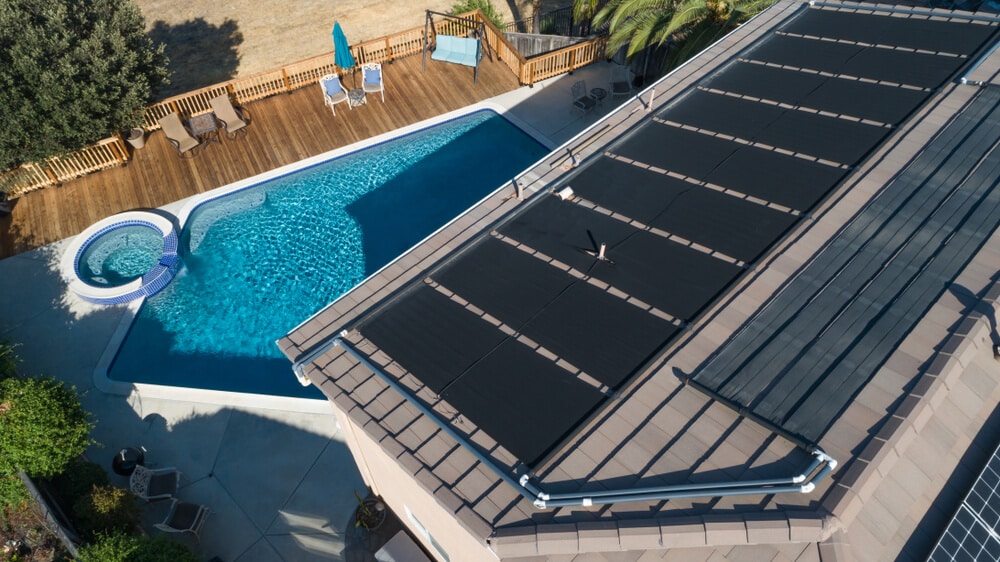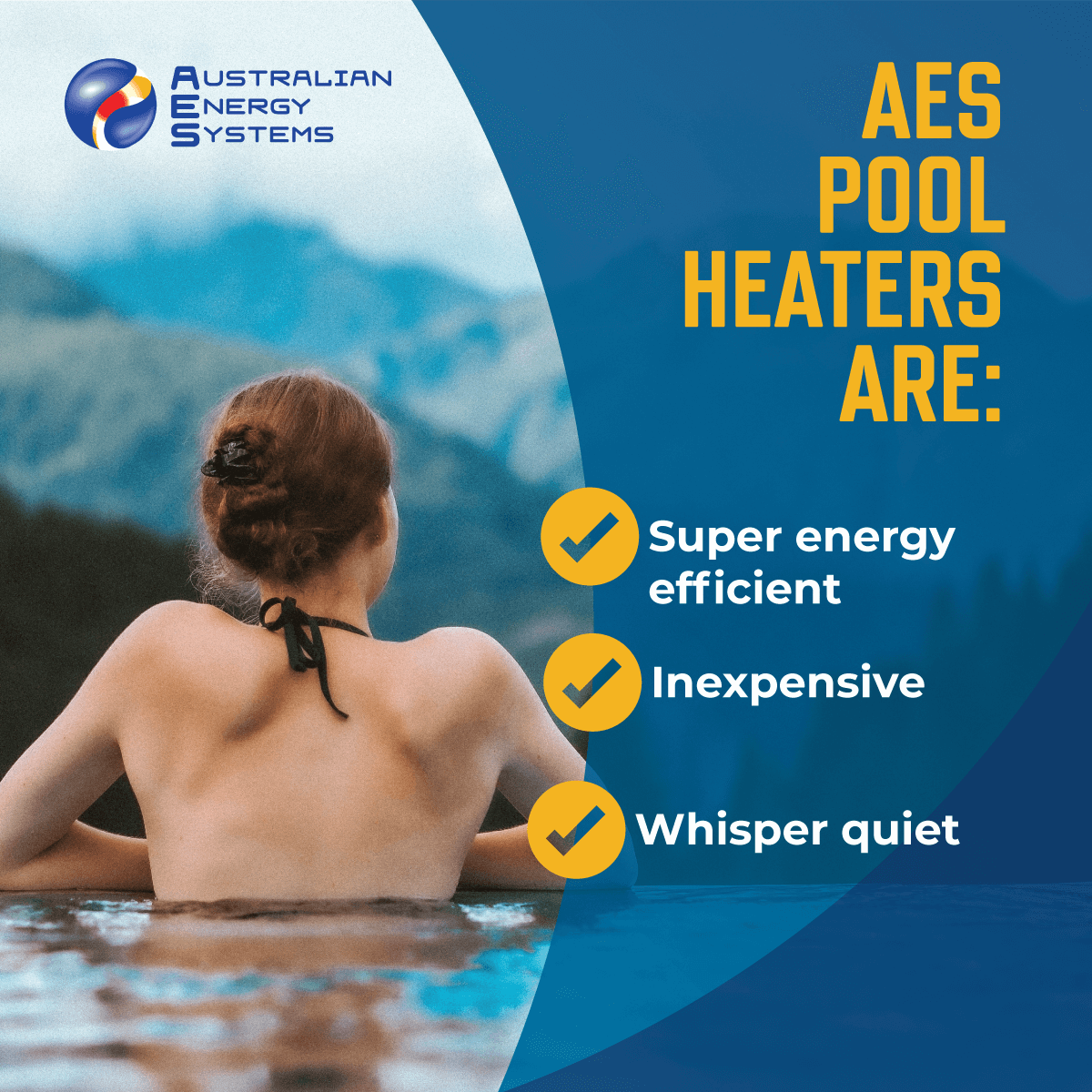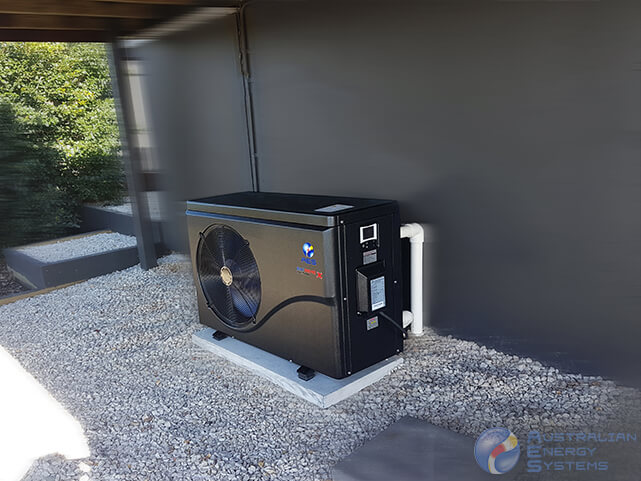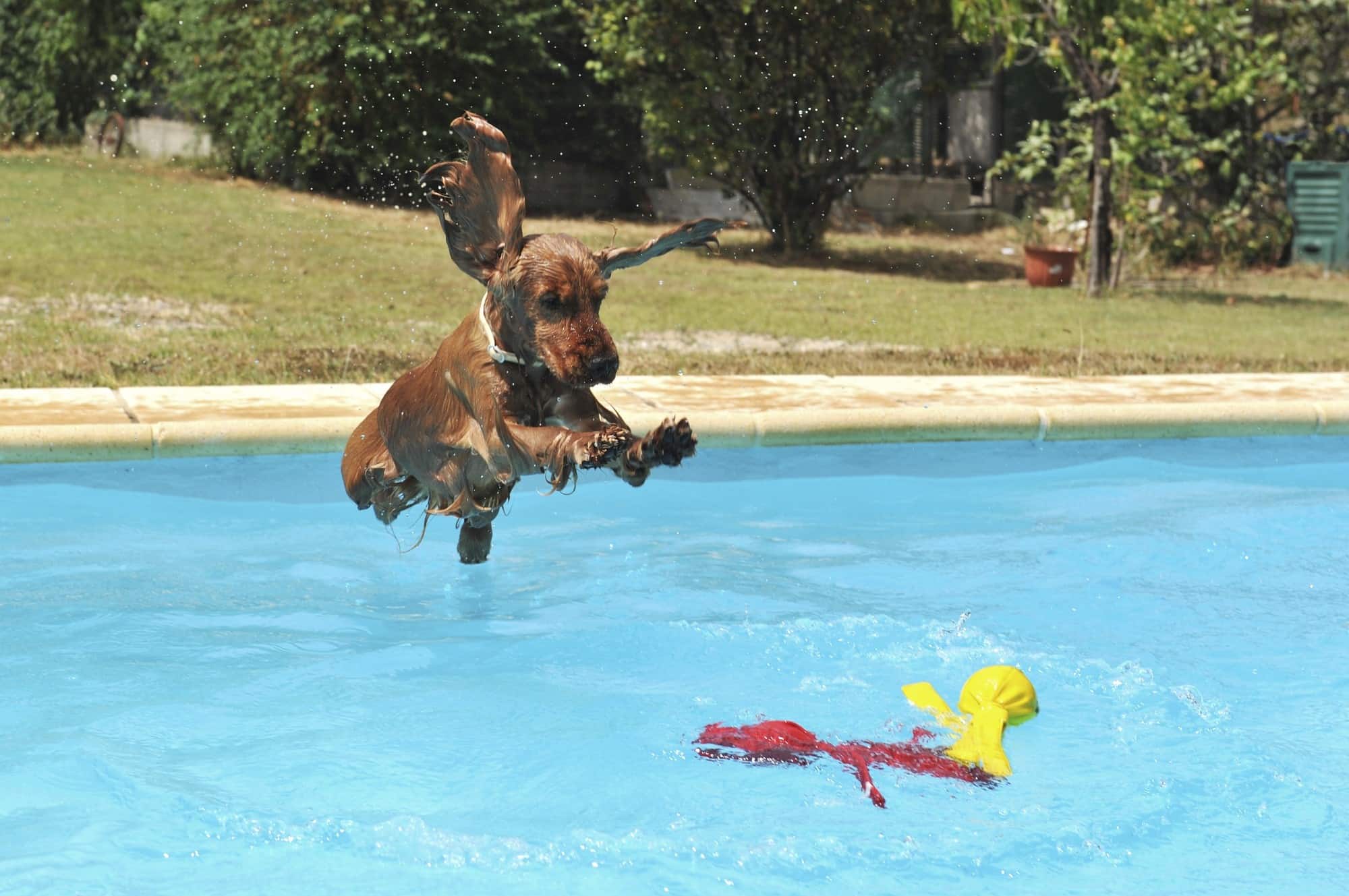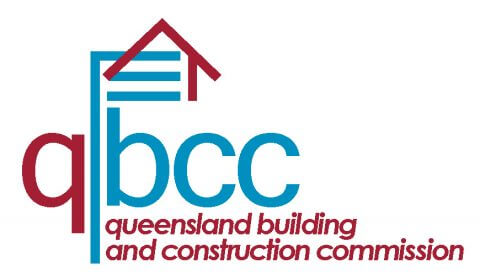Solar pool heating gets a lot of attention from environmentally conscious consumers because of its exceptional energy efficiency and suitability to the Australian climate. It costs substantially less to run and will extend the swimming season by several months. In this article, we will explain the installation process you will go through with your solar pool heating supplier.
Key highlight:
- Fast, One-Day Setup for Most Homes: Most solar pool heating systems can be installed in a single day, with minimal impact on your existing pool equipment. Only complex roof types or multi-storey homes may require more time.
- Customised System Design Based on Your Pool and Roof: Your installation cost depends on specific factors like pool size, roof material, and plumbing layout. Systems are tailored to ensure efficient water circulation and heat retention.
- Low-Maintenance and Energy-Free Operation: Once installed, solar pool heating runs on your existing pump and uses free solar energy, cutting energy bills and extending your swim season with little ongoing effort.
Consultation
The first step of the installation process is a free consultation with your local pool heating experts. This consultation process will involve coming to an understanding of the pool and its existing infrastructure and pump array. It’s also when the pool heating expert can find out what your needs to determine the size and type of solar heating system or combined heating solution that suits you. Following this consultation, a pool heating expert will be able to determine the components and necessary installation process required for your property and then provide you with a written estimate for your evaluation.
Install Day
Most solar pool heating systems can be installed in one day, but in some cases, it can take two or more. The main factors that determine how long the installation will take is the size of the rooftop collection system, the plumbing arrangement and roof access. Some properties are particularly complicated due to angled or uneven roofs, second and third stories, and the associated extra time required to navigate the job safely.
Day to Day Operation
It is not necessary to run your solar heating system every day or all the time unless your pool is receiving very frequent use. Solar pool heating systems can be turned off over winter or if you go on holiday. If your solar heating has a dedicated control unit, you can rest knowing that it will regularly circulate water to prevent gunk and slime forming in your collector and heating lines.
What Happens During a Solar Pool Heating Installation?
What Are the Main Stages of the Installation Process?
A proper solar pool heating installation is more than just slapping panels on your roof. Here’s how the process typically plays out:
- Site Assessment: A technician inspects your roof for size, orientation, and shade. Ideally, you need a north-facing roof (in Australia) with space equal to 70–100% of your pool’s surface area.
- Plumbing Connection: Your pool’s existing circulation system gets extended so water can flow through the solar collectors before returning to the pool.
- Collector Mounting: Flexible solar collector tubes (usually made from UV-stable rubber or polymer) are fixed securely to the roof with stainless steel clips and sealants.
- Control System Setup: An automatic controller is installed with sensors on the roof and in the pool to regulate flow based on temperature differences.
Does Installation Affect Existing Pool Equipment?
Yes, but only slightly. Your existing pool pump must be compatible—most are, but if yours is underpowered, you might need a more efficient model.
A diverter valve is added to the return line, so water is only sent to the roof when the temperature conditions are right.
What Elements Influence Solar Installation Cost?
The cost of solar pool heating installation isn’t a flat fee. It’s shaped by several site-specific and system-specific factors that can shift the price significantly, sometimes by thousands of dollars. If you’re planning to install a system for your swimming pool, it pays to understand what drives those costs so you can budget smartly and avoid unexpected surprises.
Here’s a breakdown of the main elements that influence how much you’ll end up paying:
System Size
The bigger the pool, the more collector surface area you need. As a general guide:
You will need solar collectors equal to at least 70–100% of your pool’s surface area to maintain a comfortable temperature.
Pools with larger surface areas or irregular shapes may require additional collector material or custom layouts, which add to labour and material costs.
If you plan to swim during shoulder seasons (early spring or late autumn), a larger system is recommended, as it compensates for cooler ambient temperatures.
Roof Type and Complexity
Your roof plays a huge role in installation difficulty and price:
- Metal or Colorbond roofs are generally easier and quicker to work with, reducing labour time and mounting costs.
- Tiled roofs can be trickier—installers may need to remove and refit tiles, increasing install time and risk of breakage.
- Steep pitch or multi-level roofs require extra safety gear, labour hours, and sometimes custom mounting hardware. This raises both installation complexity and cost.
A large, flat, north-facing metal roof is the installer’s dream. If your roof is more complicated, expect to pay more for the same system.
Plumbing Distance Between Pool and Roof
The distance between your pool’s filtration system and the roof space where the collectors will be installed is another major cost variable.
- Longer pipe runs mean more materials, more labour, and potentially larger or secondary pumps to maintain adequate flow.
- Complex plumbing routes (such as around landscaping, garden beds, or buildings) also add time and difficulty.
- In some cases, wall penetrations or trenches are needed to conceal pipes, further adding to the total cost.
Trust Australian Energy Systems to Install Your Solar Pool Heater
If you want a solar pool heater installed in Gold Coast, Sunshine Coast or Brisbane look no further than Australian Energy Systems. We pride ourselves on installing top quality Australian manufactured products including solar pool heaters, pool heat pumps and gas heaters for residential and commercial customers. Our pool heating experts can design a unique solar heating system solution that is right for you, whatever size pool you own. Call 1800 243 847 or contact us online to start the consultation process today.

